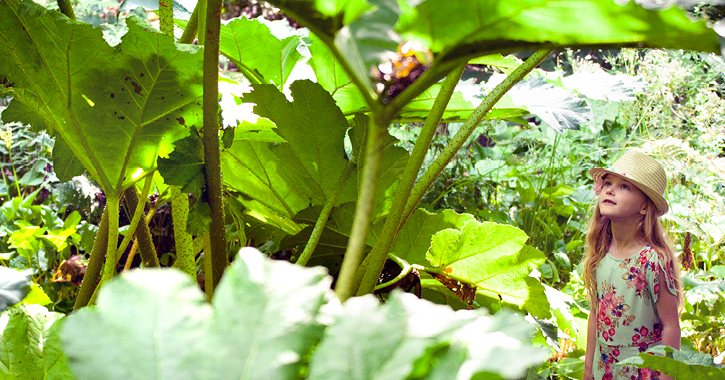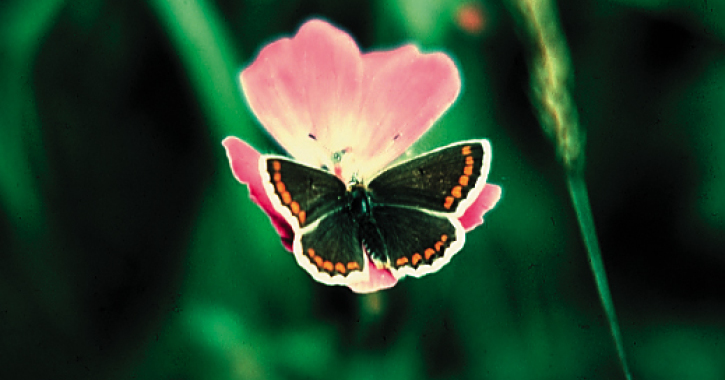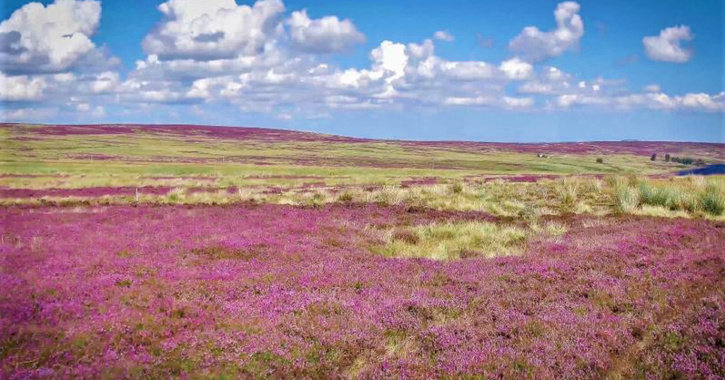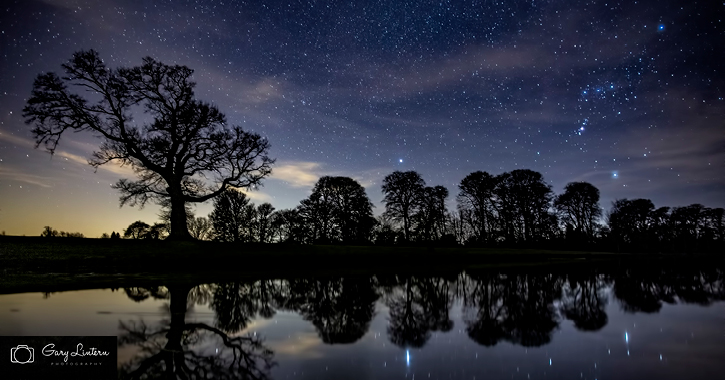21 June marks the longest day of the year and the official start of summer! To celebrate the Summer Solstice we’ve picked six unmissable wildlife and natural wonders you can enjoy this summer in Durham.

Beautiful Blooming Gardens
At Durham University Botanic Garden you can see plants and flowers from around the world in full bloom as you enjoy a summertime stroll though the city centre oasis. The beautiful colours of the Giant Himalayan cowslips and Candelabra primula’s take over the pond and the cornfield wildflowers are at their very best during the early summer months.
The Walled Gardens at Raby Castle is a must-visit for anyone looking to soak up the beauty of a Durham summer. Recently reimagined, this historic garden is bursting with colour, scent and life during the warmer months. Think vibrant flowerbeds, fragrant herbs, and peaceful pathways that invite you to slow down and savour the moment.
It’s the perfect spot for a gentle afternoon stroll, a family wander, or even a quiet escape with a book and a coffee from the Vinery Restaurant. With the majestic backdrop of Raby Castle and views across rolling parkland, the Walled Garden blends history, horticulture, and natural beauty in one unforgettable setting.

Durham Argus Butterfly
The Durham Argus butterfly is an even rarer subspecies of the scarce Northern Brown Argus and can only be found in Durham. On the south facing slopes of the Durham Heritage Coast the Common Rock-rose grows, and it’s this special coastal habitat which provides the larval food supply. If you’re very lucky (and patient) you may be able to catch a glimpse of these special little insects as you wander along the coastal clifftop footpaths.
Hay Meadows
The Durham Dales and North Pennines National Landscape and UNESCO Global Geopark is home to some of Britain’s best hay meadows - one of the UK’s rarest grassland habitats, loved by wildlife and steeped in cultural traditions. Every hay meadow is entirely man-made habitat and depends on management by people, as every hay meadow has a unique management history, depending on how close it lies to farmsteads.
Regarded as one of the most stunning hay meadows is Hannah’s Meadow Nature Reserve, named after local farmer and author Hannah Hauxwell (1926-2018). This Site of Special Scientific Interest (SSSI) sits on the banks of Blackton Reservoir and includes some of the least improved, and therefore species rich meadows to be found in the Durham Dales. Visit in June and early July and you’ll be treated to a truly beautiful sight of traditional meadow flowers including ragged robin, wood crane’s-bill, and marsh-marigold.

Heather Moorlands
Searching for breathtaking summertime views? Head to the remote and dramatic high heather moorlands of the Durham Dales and North Pennines, a great place for wild walks and rides. The moors change colour when the heather blooms and carpets the horizon in drifts of purple from mid-August to early September. The air comes alive with the buzzing of busy bees and pollinating insects and the warmth of the sun brings out the best in Mother Nature.

Marine Mammals
Beautiful summer days with calm seas, a light breeze and not too sunny conditions are the best days to try and spot the Durham Heritage Coast’s resident marine mammals. All along the 11 mile coastal foot path you’ll find high clifftop viewpoints, perfect pit stops to look out across the North Sea, to see what you can spot. Throughout the summer you can spot small pods of bottle nosed dolphins, porpoises, seals sunbathing on the beach and even Minke Whales.
If you do spot a mammal on the beach, do not approach the animal. Seals regularly haul out of the ocean onto the coast, however a whale, dolphin or porpoise stranded on the beach is not a usual occurrence. Anyone finding a stranded dolphin, whale or porpoise should report it immediately to the CSIP.

Dazzling Dark Skies
The inky black night skies of the Durham Dales are unspoilt by light pollution and provide some of the best opportunities in the UK for stargazing. Shooting stars, constellations, planets and galaxies all come out to play as darkness descends, especially towards the end of summer, when the sunsets earlier and the nights grow longer and darker.
The nights maybe short throughout the summer months, but there is still plenty happening above in Durham's dark skies. The Summer Triangle asterism is easy to spot in the summer night sky, especially with the New Moon in mid-July. The Summer Triangle can be spotted towards the South, when the stars Deneb, Vega and Altair make the shape of an upside-down triangle..
The two closest planets to Earth – Mars and Venus will appear together in the sky in conjunction in early July. And late summer brings the Perseids Meteor Shower, which peaks from 12-13 August, where you could see up to a meteor a minute!
To view more of the incredible natural wonders you can spot across the county (no matter what the season) check out our online nature and wildlife calendar.
You can even download our wildlife watcher check list and see how many you can tick off this summer!
Related
Comments
Comments are disabled for this post.



 to add an item to your Itinerary basket.
to add an item to your Itinerary basket.
.png)





